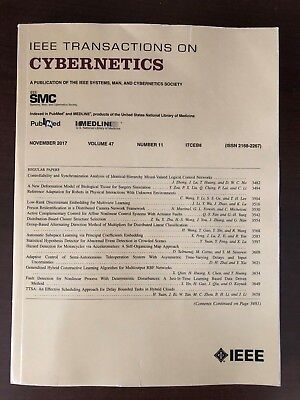T3DNet: Compressing Point Cloud Models for Lightweight 3-D Recognition
IF 9.4
1区 计算机科学
Q1 AUTOMATION & CONTROL SYSTEMS
引用次数: 0
Abstract
The 3-D point cloud has been widely used in many mobile application scenarios, including autonomous driving and 3-D sensing on mobile devices. However, existing 3-D point cloud models tend to be large and cumbersome, making them hard to deploy on edged devices due to their high memory requirements and nonreal-time latency. There has been a lack of research on how to compress 3-D point cloud models into lightweight models. In this article, we propose a method called T3DNet (tiny 3-D network with augmentation and distillation) to address this issue. We find that the tiny model after network augmentation is much easier for a teacher to distill. Instead of gradually reducing the parameters through techniques, such as pruning or quantization, we predefine a tiny model and improve its performance through auxiliary supervision from augmented networks and the original model. We evaluate our method on several public datasets, including ModelNet40, ShapeNet, and ScanObjectNN. Our method can achieve high compression rates without significant accuracy sacrifice, achieving state-of-the-art performances on three datasets against existing methods. Amazingly, our T3DNet isT3DNet:压缩点云模型,实现轻量级三维识别
本文章由计算机程序翻译,如有差异,请以英文原文为准。
求助全文
约1分钟内获得全文
求助全文
来源期刊

IEEE Transactions on Cybernetics
COMPUTER SCIENCE, ARTIFICIAL INTELLIGENCE-COMPUTER SCIENCE, CYBERNETICS
CiteScore
25.40
自引率
11.00%
发文量
1869
期刊介绍:
The scope of the IEEE Transactions on Cybernetics includes computational approaches to the field of cybernetics. Specifically, the transactions welcomes papers on communication and control across machines or machine, human, and organizations. The scope includes such areas as computational intelligence, computer vision, neural networks, genetic algorithms, machine learning, fuzzy systems, cognitive systems, decision making, and robotics, to the extent that they contribute to the theme of cybernetics or demonstrate an application of cybernetics principles.
 求助内容:
求助内容: 应助结果提醒方式:
应助结果提醒方式:


